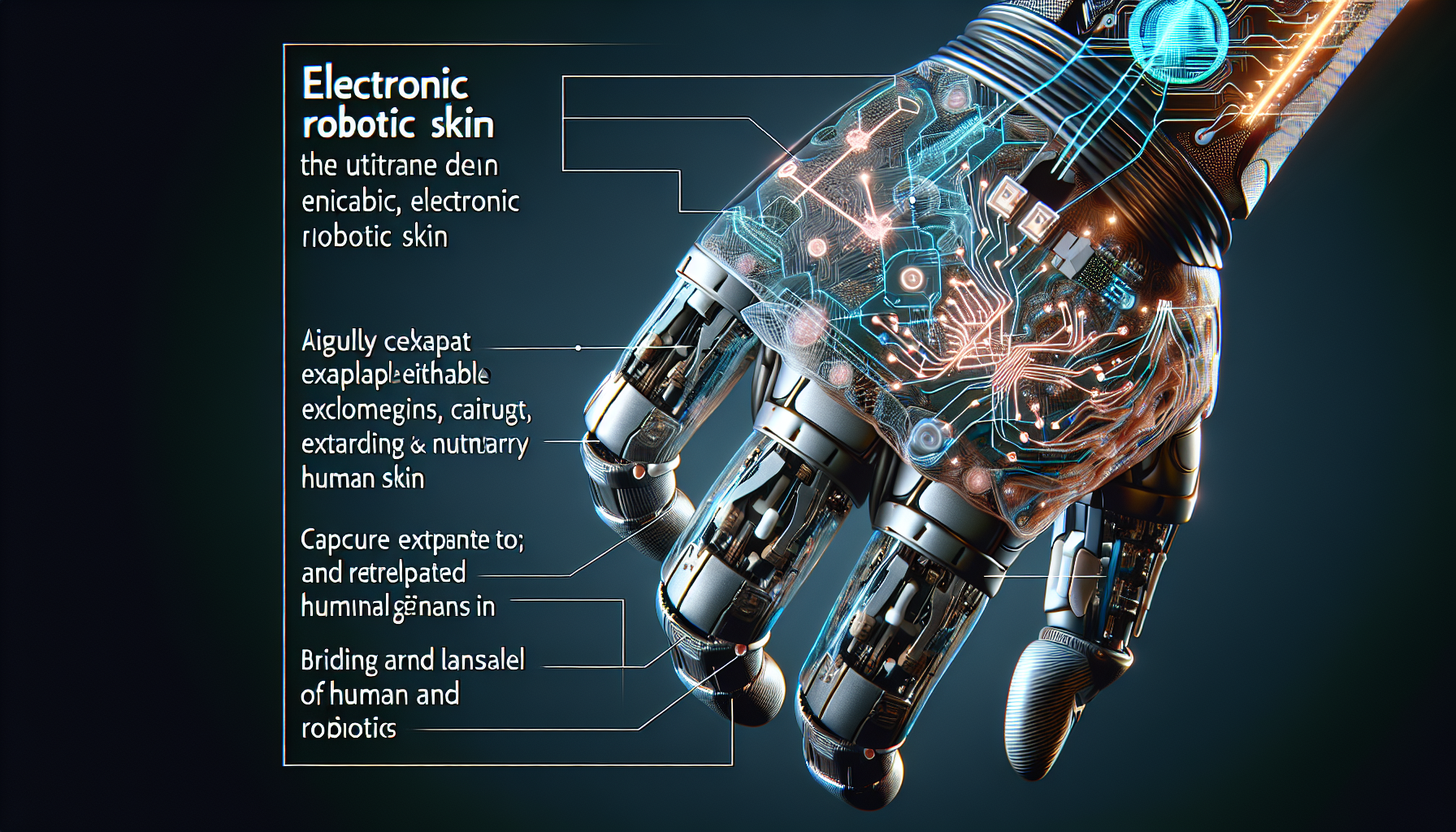 Engineers from the University of British Columbia have teamed up with Japanese car manufacturer Honda to create an electronic skin (e-skin) for robotic prostheses. This e-skin allows the prosthetic devices to sense their surroundings in great detail. The soft, highly sensitive skin enables robotic hands to perform tasks requiring significant dexterity and tactile feedback, such as holding an egg or lifting a glass of water without breaking them.
Engineers from the University of British Columbia have teamed up with Japanese car manufacturer Honda to create an electronic skin (e-skin) for robotic prostheses. This e-skin allows the prosthetic devices to sense their surroundings in great detail. The soft, highly sensitive skin enables robotic hands to perform tasks requiring significant dexterity and tactile feedback, such as holding an egg or lifting a glass of water without breaking them.
The e-skin, made of elastomer, features fixed and sliding pillars that allow it to buckle and wrinkle like real skin. It includes four deformable capacitors that distinguish between normal and shear forces, enabling fine control over interaction with objects. The researchers hope this technology will improve robotic prostheses and allow users to carry out a wider range of daily activities with their prosthetic devices.
As robotic prostheses evolve, so too must the sensors they use. Handling delicate objects with a robotic hand could be disastrous without a sensor capable of measuring and applying the correct amount of force. Our own skin is highly sensitive to the subtleties of the objects we touch, and skin-like sensors are advancing to allow robots and robotic prostheses to sense their environment more fully.
The new e-skin is highly sensitive and expands the range of possible activities. Mirza Saquib Sarwar, a researcher involved in the study, said: “Our sensor can sense several types of forces, allowing a prosthetic or robotic arm to respond to tactile stimuli with dexterity and precision. For instance, the arm can hold fragile objects like an egg or a glass of water without crushing or dropping them.”
The technology could also be useful for medical or assistive robots, such as those caring for the elderly, or surgical robots interacting with soft tissues inside the body. John Madden, another researcher involved in the study, said: “Our sensor uses weak electric fields to sense objects, even at a distance, much as touchscreens do. But unlike touchscreens, this sensor is supple and can detect forces into and along its surface. This unique combination is key to adoption of the technology for robots that are in contact with people.”
The e-skin can be easily produced at scale in large sheets to cover significant areas. However, the researchers emphasise that this technology will continue to evolve. Madden said: “Human skin has a hundred times more sensing points on a fingertip than our technology does, making it easier to light a match or sew. As sensors continue to evolve to be more skin-like, and can also detect temperature and even damage, there is a need for robots to be smarter about which sensors to pay attention to and how to respond. Developments in sensors and artificial intelligence will need to go hand in hand.”
The study was published in the journal Scientific Reports.